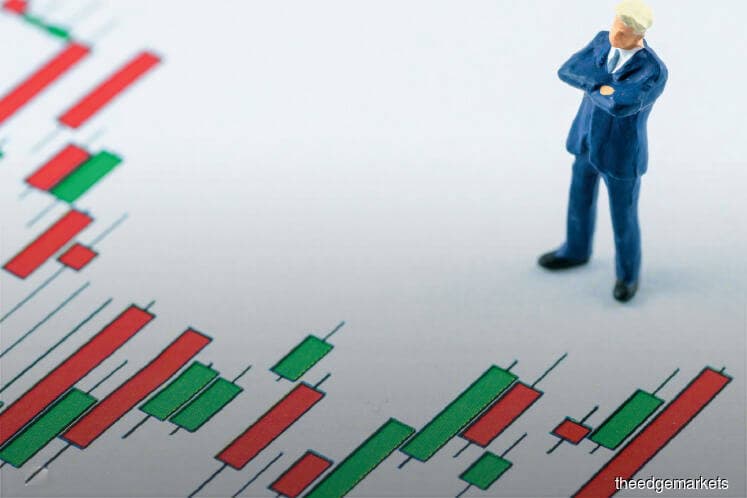
This article first appeared in The Edge Financial Daily on January 5, 2018
KUALA LUMPUR: It was the worst-performing benchmark index among Asean countries last year, but the positive momentum that drove the FBM KLCI to rise 9.4% higher to close at 1,792.79 points — the first time in the positive zone in three years — should push it to 1,880 points this year, according to Hong Leong Investment Bank Bhd (HLIB).
“Our 2018 FBM KLCI target of 1,880 [points] is premised on a 16.5 time price-earnings multiple translating into 0.5 standard deviation above mean. We believe this is palatable as we expect higher investor risk appetite once the 14th general election (GE14) is done and dusted,” said analysts Jeremy Goh and Felicia Ling Xiao Wei in a research note yesterday.
The duo said four themes would play out in 2018: the GE14, a revival in domestic consumption, the likelihood of the ringgit’s appreciation by 4.9%, and the continuation of a robust flow of construction jobs.
They also expect Malaysia’s economy to moderate but remain strong at 5.3% in 2018 — compared with the estimated 5.8% for 2017 — with domestic demand being a key support to growth.
The deceleration in private consumption growth that was seen in 2015 and 2016 from the implementation of the goods and services tax has bottomed out, they noted. “For 2017, we expect private consumption to grow at 6.8% and [be sustained] at this level for 2018 as well," they said.
However, while the external environment is expected to grow in 2018, a steady ringgit at 4.00 to 4.20 compared with an average of 4.2996 in 2017 will dampen the export boost to the economy. Despite faster global growth, the duo expect exports to moderate due to slower manufactured export growth, as restocking impact and base effect ease.
“Export orders in Taiwan, seen as bellwether for E&E (electrical and electronics) exports, moderated to 7.5% year-on-year (y-o-y) in August 2017, after registering a double-digit expansion in previous months. Additionally, World Semiconductor Trade Statistics also forecasts slower growth of 7% in 2018, after an exceptionally strong growth of 20.6% in 2017,” they said.
Meanwhile, against its regional Asean peers like the Singapore dollar, Thai baht, Indonesian rupiah and Philippine peso, the ringgit appreciated the strongest by 9.4% in 2017, the duo noted.
“However, if measured since mid-2015 [when the ringgit first started its drastic depreciation to break its previous defunct peg level of 3.8], it is the second worst-performing currency after the peso,” they said.
Nevertheless, the research house is mildly positive on the ringgit as the synchronised monetary policy normalisation in advanced economies leads to a more subdued US dollar, besides firmer oil prices and Bank Negara Malaysia’s foreign exchange measures.
This anticipated appreciation of the ringgit would help stimulate the return of foreigners to Malaysian equities, with more expected after the general election and the perception of political risk abates.
They expect a 7.3% y-o-y earnings growth for FBM KLCI this year — versus its estimated 8.6% FBM KLCI earnings growth for 2017 — driven by banks (loan growth, higher non-interest income and normalisation of operating expenditure), and plantations (fresh fruit bunch growth for Felda Global Ventures Holdings Bhd, Sime Darby Plantation Bhd and Genting Plantations Bhd).
Sectors like gaming (mainly from Genting Malaysia Bhd due to the Genting Integrated Tourism Plan), and healthcare (low base recovery coupled with contribution from new hospitals) will also support that growth.
Risks to the earnings forecast could stem from a rising cost environment due to higher prices for fuel, gas and labour, while the implementation of the Malaysian Financial Reporting Standard 9 (a more stringent accounting methodology in recognising loan impairment) could affect banks.